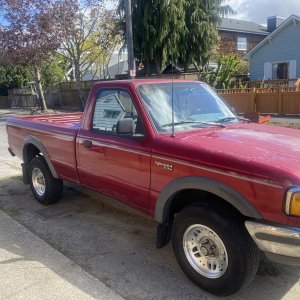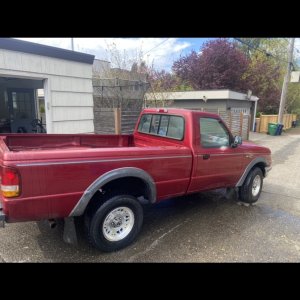1. What are your driving parameters? 2. How long do you keep a vehicle? 3. Do you perform your own maint. work? 4. What are your mechanical abilities?. These questions are very important if you haven't already considered them
If you flip them often or keep them awhile might be worth considering, from your questions and their somewhat(to me) obvious answers. I always crawl underneath and look for bolts that have been removed, swapped transmissions, other things that have been done, loose wires hanging around, parts marked with junk yard chalk etc, before committing to buy it in the first place
If you think your vehicle may be a "keeper", you will certainly want to acquaint yourself very well with it. I have always encouraged anyone who buys a used vehicle(which can be an extremely beneficial, or a very horrible experience, usually depending on your initial examination, to get it right the first time, because after that it's all yours) to stop at the parts store on their way home and get a repair manual for that vehicle. It actually takes some experience to even recognize a keeper when you first check it out. After my first visual and the initial walk around I will have already stuck my finger up the tailpipe and rubbed it around(kinda like a dr does haha) and if it comes out filled with soot my next few steps will likely be an exit
If you never go more than an easy towing distance, maybe you can juggle things around, but if it's a hundred, or hundreds of miles you drive you'll want to consider the high cost of "help" far from home. If this tow will be headed to your shop (or shade tree), or to "theirs" can be a very large monetary consideration.
If you do your own work, and are experienced enough to recognize the safety differences between secured jack stands and chocked wheels, or a bumper jack which is leaning a bit and sitting on a slope, you can possibly and hopefully safely save yourself a lot of dough.
You've had a lot of good answers here, from some very experienced mechanics, and owners who do know a lot about things, many of them more than me, and I am not touting any of their advice, I seek it myself Very often. So I can only say, If it was me(and I was in your situation) I would have already considered all these things, classified it as a keeper, and had my wrenches ready to drop the pan, carefully observing the fluid for excessive metal(especially larger pieces), put a new filter in it, and fill it up with the proper fluid, and dang the torpedoes, full speed ahead.
Well, that's only me. It's been a long time since I had an automatic that I did much with other than maintain it, which included changing the fluid and filter. I did have to swap a C6 for a C4 before ever really knowing the difference, on the side of the highway with a cousin, headed to New Orleans, on our way to Brazil, around 1978, but that's a whole nuther story
















